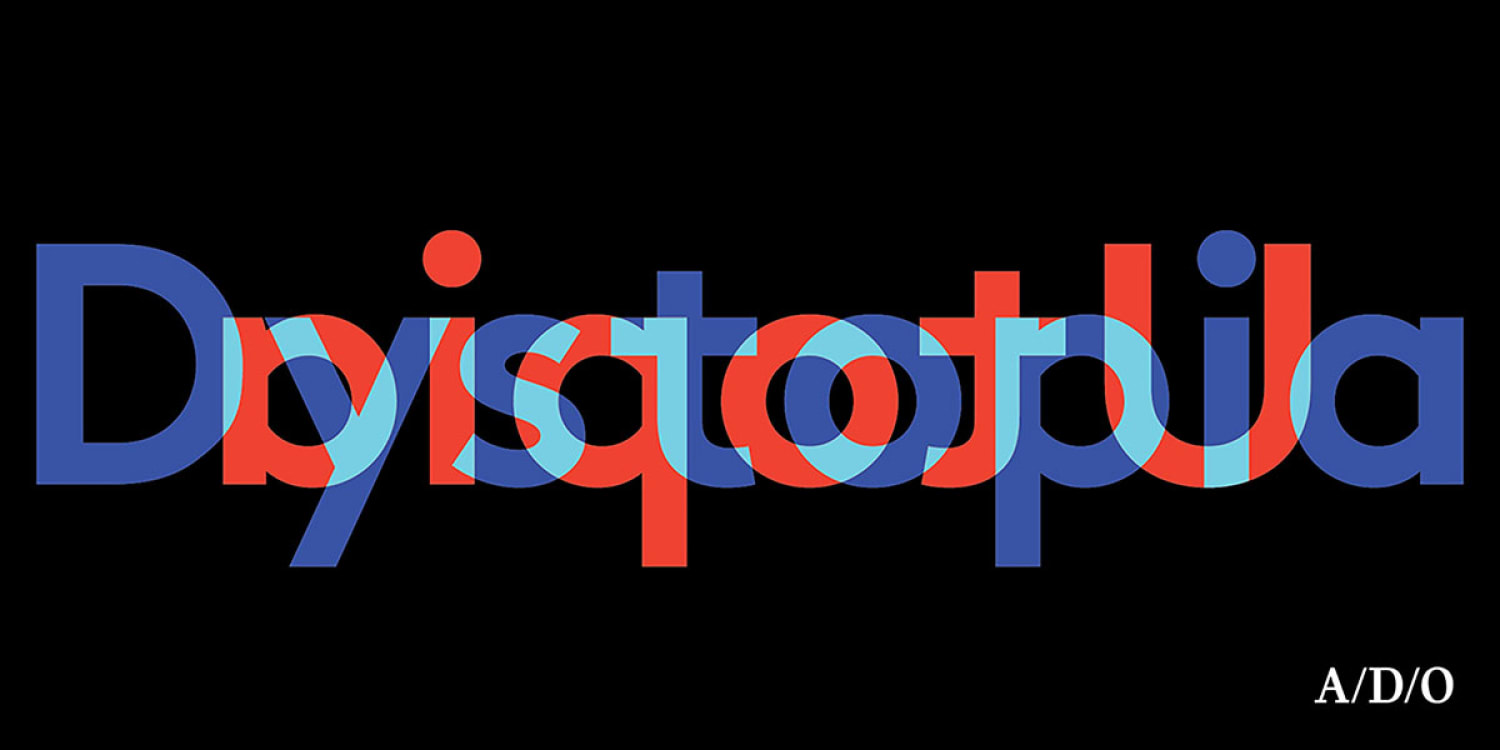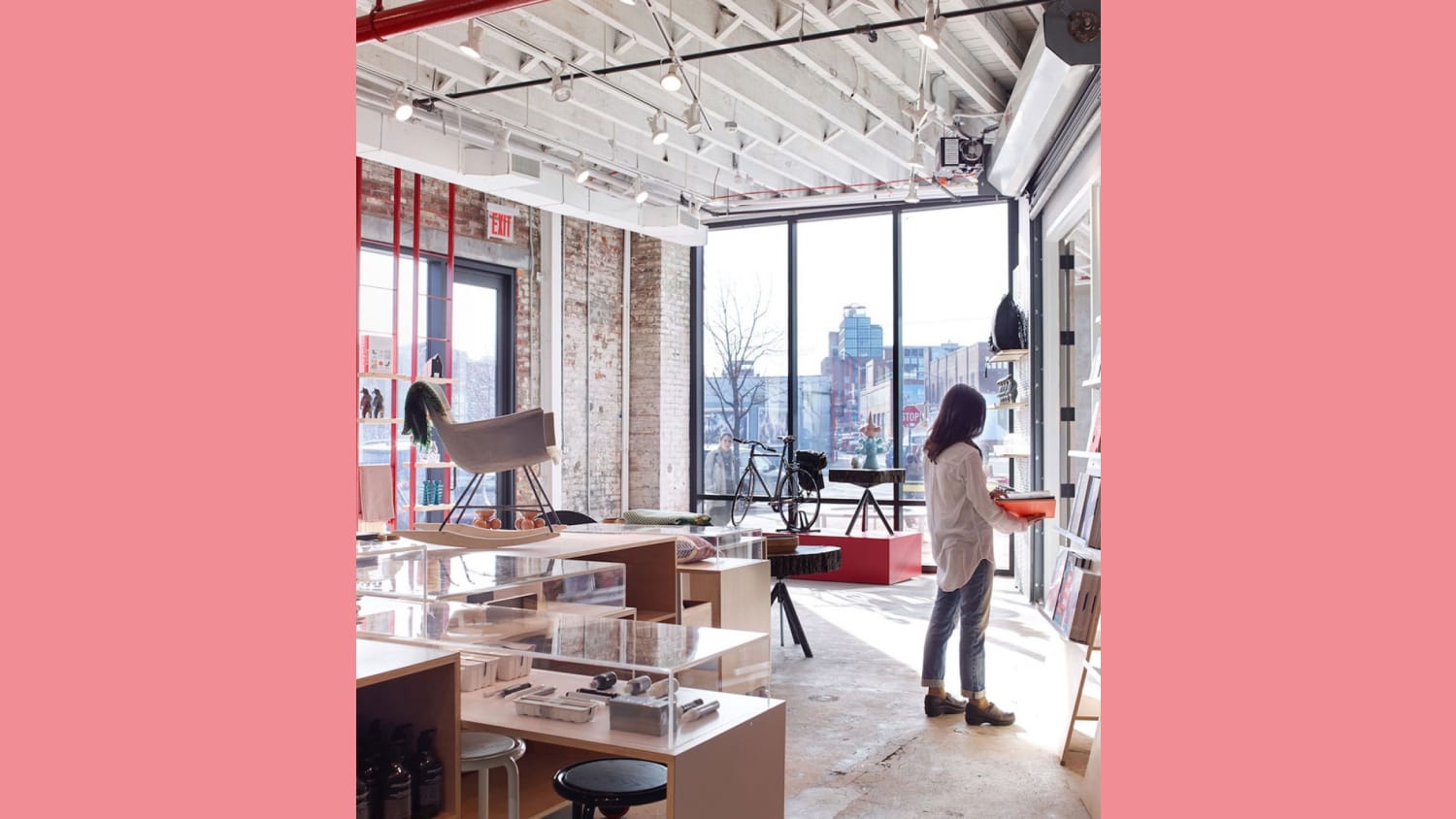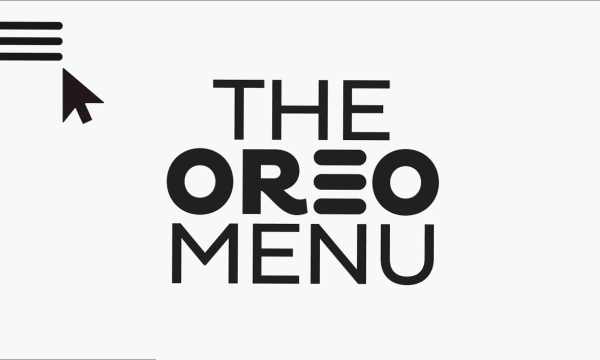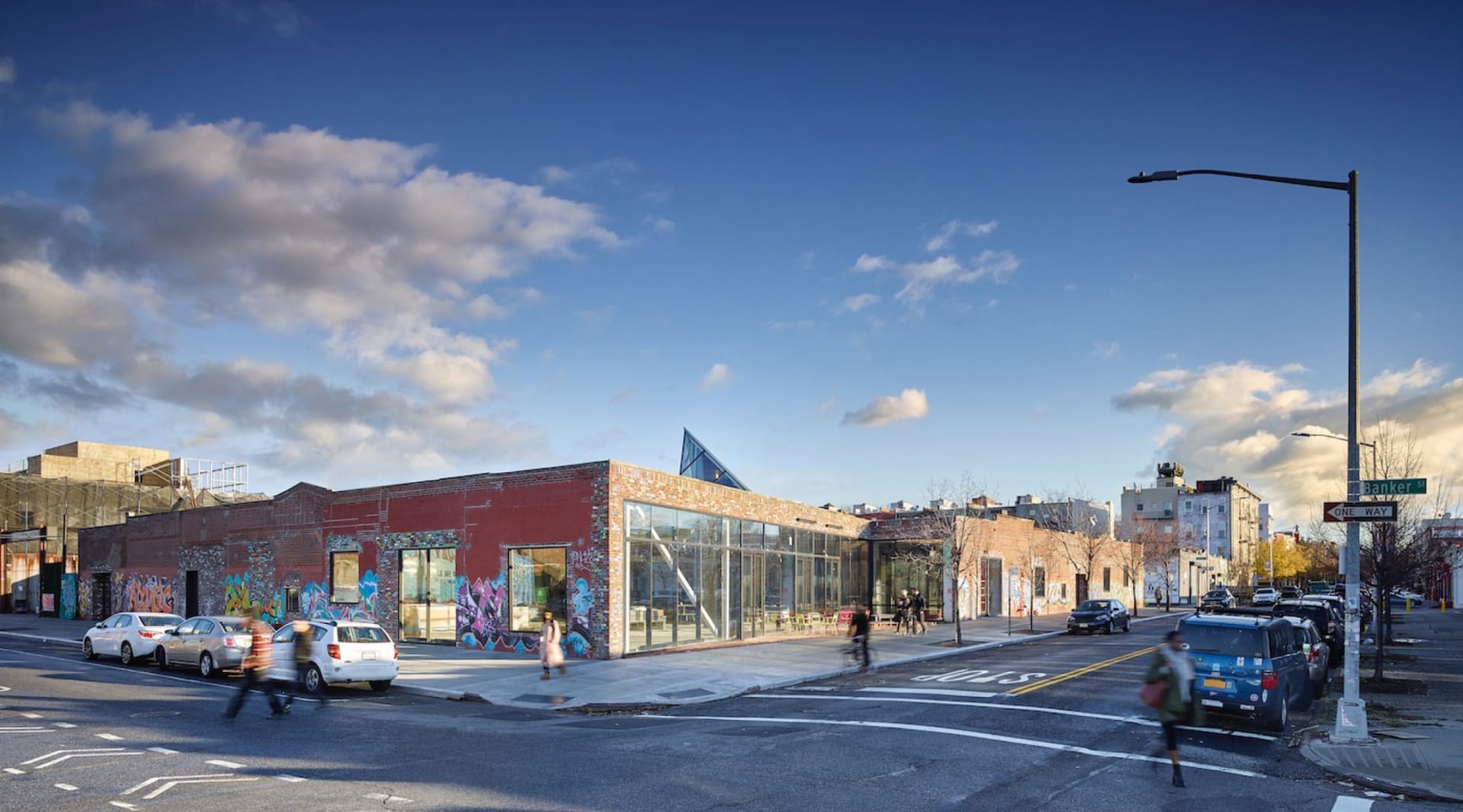In Greenpoint, Brooklyn, auto brand Mini has founded a new center for design in a former warehouse. A/D/O opened to the public in January with a launch festival titled “Utopia vs. Dystopia: Designing Our Imagined Futures,” with the goal of extending Mini’s design principles to new urban challenges.
An auto brand boosts its creative bona fides with a new space dedicated to innovative design.

This is not Mini’s first foray into design: At Milan Design Week in 2016, the company unveiled Mini Living, a set of modular furniture for co-living spaces which extended Mini’s “creative use of space” design principles to urban life. But A/D/O lets consumers experience Mini’s design chops in a new and immersive way.
“We believe designers can tip the scales towards a more humane world,” Esther Bahne, head of brand strategy and business innovation at Mini, told Wallpaper. “The first Mini was an iconic design with strong emotional appeal and an answer to the fuel shortage of the time. This is what inspires us at Mini today, as we aim to develop products and services that are truly relevant to people. A/D/O was founded in this spirit.”


“Utopia v. Dystopia” kicked off A/D/O’s Design Academy programming with a roster of speakers including Yves Behar, John Maeda and David Byrne. In keeping with the theme of Mini’s design principles, the speakers tackled the role of design in addressing some of society’s problems, from the immediate to the large-scale.
While Yves Behar spoke on the design principles underlying his recent projects, others looked to the future. Kate Darling, a research specialist at the MIT Media Lab, addressed the unique ways that humans anthropomorphize robots and the “upcoming era of human-robot interaction.”
“If you’re trying to introduce robots to public spaces, you need to understand that people treat them differently than other devices,” said Darling. In keeping with the day’s theme, Darling explained robot’s unique human-like positioning can serve a positive role in society, like serving as a companion to the elderly—or potentially a negative role. “There’s a huge responsibility in design to create systems that protect people, rather than manipulate them.”
A panel moderated by Marcus Fairs of Dezeen took on today’s political climate. “We can’t trust our politicians to deal with things like climate change,” said Fairs. “To what extent can [design] stop it moving forward?” Fairs cited Dezeen’s Brexit Design Manifesto as an example of the response from the industry, while Cynthia Smith of Cooper Hewitt museum spoke at length about socially responsible design innovation on display in “By the People: Designing a Better America.”
The design profession is certain to continue to address societal shifts, in one way or another, moving forward. According to Justin McGuirk of London’s Design Museum, “there’s definitely been a change” in what it means to be a designer, from standalone celebrity towards collaboration and social impact. “Twenty years ago, graduates wanted to become the next Zaha. There’s been a reconsideration.”
Beyond events, A/D/O hosts Urban-X, a design startup accelerator and a joint venture from Mini and SOSV. Applications are now open for the next program, which begins this summer and lasts 3.5 months. The space also houses a design workplace, with a variety of digital and physical tools available to members, as well as Nordic restaurant Norman, a communal dining area, and a shop. All features are geared toward sparking collaboration across the design practice, with an eye toward urban engineering.
The launch of A/D/O comes at a time when Mini and other auto brands also find themselves at a crossroads. The success of the sharing economy has some predicting the end of car ownership altogether. In September, Lyft CEO John Zimmer predicted that “by 2025, private car ownership will all-but end in major US cities.” And with the rise of self-driving cars, tech brands are eager to muscle in on the traditional territory of auto brands. (See our CES roundup for more.)
Mini is not the first auto brand to associate itself with innovative design spaces. In London, the Jaguar Design Space, launched last spring, offers design classes and serves as a headquarters for several of the brand’s partnerships. Audi also showcased at Milan Design Week 2016, while several auto brands at CES turned to incorporating health and wellness.
A/D/O is an opportunity for Mini to not only expand its brand into a new area, but also to build the experience and community that are becoming a draw for consumers. (For more, see #63, Productless flagships, in our Future 100 report.) Look for more events from A/D/O as auto brands seek to test their own limits.
Please provide your contact information to continue.
Related Content

Mentos Campaign Refreshes Internet Speeds with Aluminium Foil

